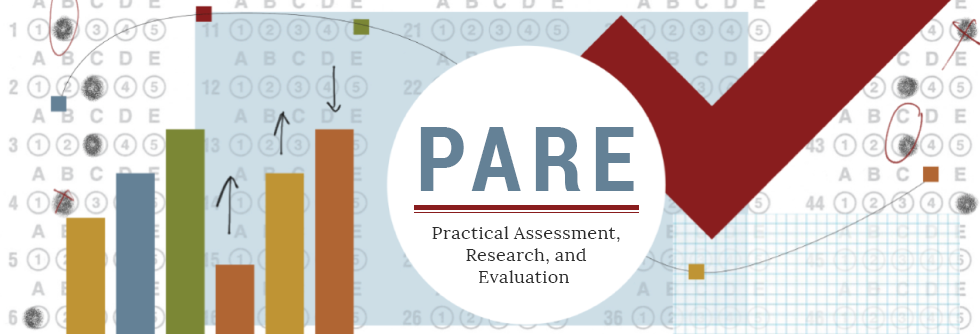Evaluating spatial- and temporal-oriented multi-dimensional visualization techniques
DOI
https://doi.org/10.7275/r8wq-7219
Abstract
Visualization tools are said to be helpful for researchers to unveil hidden patterns and relationships among variables, and also for teachers to present abstract statistical concepts and complicated data structures in a concrete manner. However, higher-dimension visualization techniques can be confusing and even misleading, especially when human-instrument interface and cognitive issues are under-applied. In this article, the efficacy of function-based, datadriven, spatial-oriented, and temporal-oriented visualization techniques are discussed based upon extensive review. Readers can find practical implications for both research and instructional practices. For research purposes, the spatial-based graphs, such as Trellis displays in S-Plus, are preferable over the temporal-based displays, such as the 3D animated plot in SAS/Insight. For teaching purposes, the temporal-based displays, such as the 3D animation plot in Maple, seem to have advantages over the spatial-based graphs, such as the 3D triangular coordinate plot in SyStat. Accessed 31,480 times on https://pareonline.net from July 23, 2003 to December 31, 2019. For downloads from January 1, 2020 forward, please click on the PlumX Metrics link to the right.
Creative Commons License

This work is licensed under a Creative Commons Attribution-NonCommercial-No Derivative Works 4.0 International License.
Recommended Citation
Yu, Chong Ho and Stockford, Shawn
(2019)
"Evaluating spatial- and temporal-oriented multi-dimensional visualization techniques,"
Practical Assessment, Research, and Evaluation: Vol. 8, Article 17.
DOI: https://doi.org/10.7275/r8wq-7219
Available at:
https://scholarworks.umass.edu/pare/vol8/iss1/17
